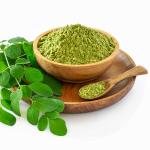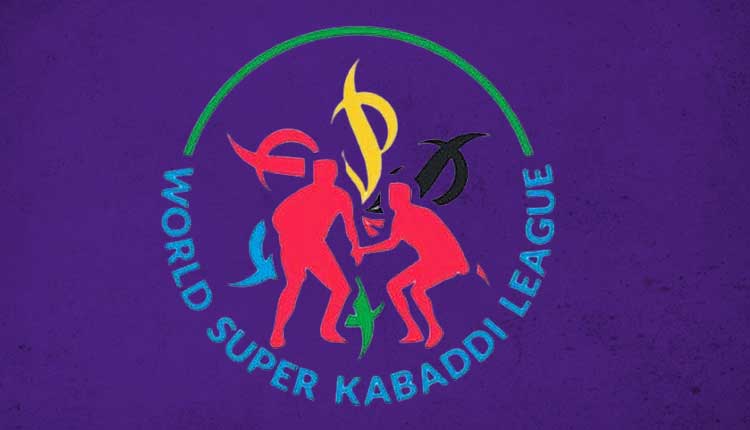Navratri Day 8: The Inspiring Story of Maa Mahagauri’s Transformation

On the eighth day of the vibrant nine-day festival of Navratri, we pray to Maa Mahagauri. The name "Maha" means "great" or "extremely," while "Gauri" means "fair." But beyond her name lies a captivating story of strength, transformation, and deeper meaning.
The Tale of Mahagauri
The tale begins with Parvati-ji, the goddess who once took on the fierce form of Kaalratri to fight and defeat evil demons. After her fierce battles, her skin turned dark, and no matter how hard she tried, she couldn’t rid herself of the dark complexion.
Determined to change her appearance, Parvati-ji prayed intensely to Lord Brahma. She asked him to help her regain her fair skin. Pleased by her devotion, Lord Brahma instructed her to bathe in the sacred Mansarovar Lake in the Himalayas. As soon as Parvati entered the waters, her dark skin miraculously separated from her body and formed a new entity — a female figure named Kaushiki.
After this, Parvati emerged from the lake, her skin now fair and glowing, and was once again known as Maa Mahagauri. She symbolizes purity, kindness, and morality. With four arms, she carries a trident and a damaru, riding a white bull. Her radiant beauty reflects her inner strength and grace.
Teaching from Mahagauri
The story of Maa Mahagauri teaches us much more. While her transformation is remarkable, it’s important to remember that her courage and strength, her fierce heart, and her ability to fight evil were always there, regardless of her complexion. She destroyed demons both before and after her transformation — a clear sign that true beauty lies in the heart and spirit, not in appearance.
So, perhaps the real message of this story is not about physical beauty, but about the beauty of one’s actions, character, and soul. Maa Mahagauri’s radiant heart shines far brighter than her fair skin, reminding us that in life, a pure and kind heart matters more than anything else.









-t-thumb.jpeg)